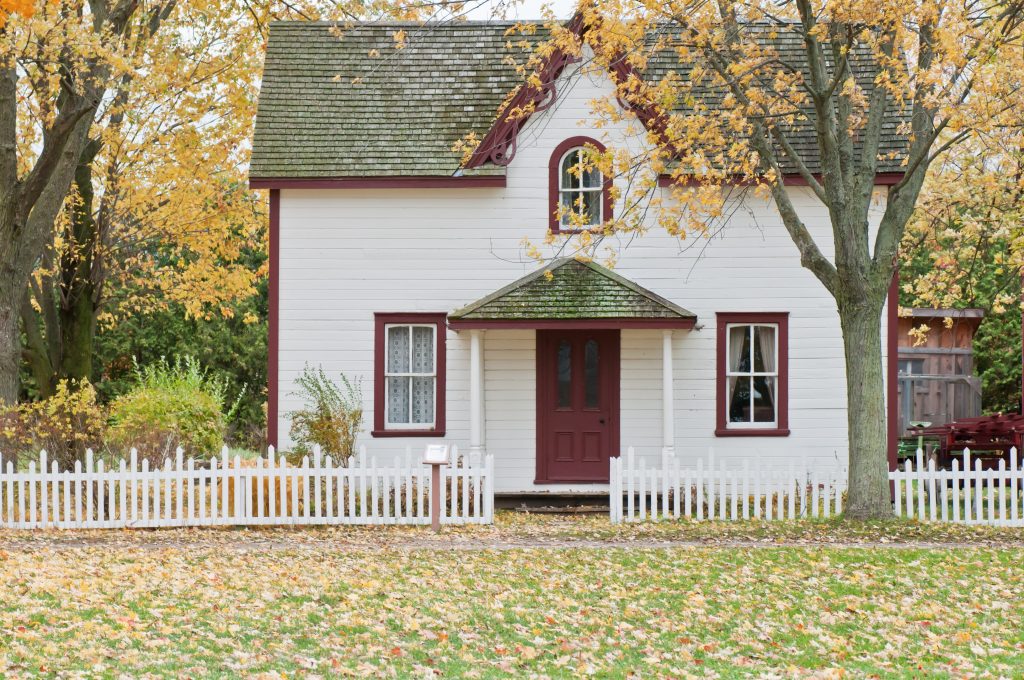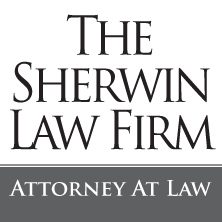Setback Requirements: Three Things to Know

Setback requirements are among the most common zoning requirements in Massachusetts. Such requirements place limits on the location where buildings and other structures can be placed on a property, with the goal of preventing overcrowding. Common setback requirements are for the front, rear, and sides of a property.
Here, I’ll discuss three things to know about these requirements.
Check With the Local Zoning Ordinance and Building Department About Setback Requirements
The best way of avoiding problems with a setback requirement is to prevent such issues in the first place. Before building or expanding a structure, property owners should first check the zoning ordinance and building department about such requirements. Often, the building department can quickly tell you whether a proposed project will violate the applicable zoning requirements.
Importantly, in many towns and cities, some minor structures (such as small sheds or free-standing decks) are exempt from these requirements. As such, it is always a good idea to check on these matters first.
Non-Conforming Structures Can Be Protected from Setback Requirements
A nonconforming structure is a structure that existed when the applicable zoning requirement was passed. In Massachusetts (and most other states) nonconforming structures are protected from subsequent changes in the zoning law. This prevents property owners from having to rebuild a structure every time the applicable zoning ordinance changes.
For example, if a home is located within ten feet of the property’s rear lot line, and the zoning code is changed to require a twenty-foot rear setback, the home would likely be a nonconforming structure and would not have to be rebuilt to comply with this change in the law.
Property Owners Can Apply for a Variance from a Setback Requirement
If a homeowner wants an exemption from a setback requirement, they can apply for a variance. A variance, which most often must be approved by the town or city board of appeals, comes with specific, detailed requirements that a property owner must prove. Variances are not easy to obtain, and are never a guarantee.
Final Thoughts
If you need assistance with a setback requirement, contact me for a consultation.
